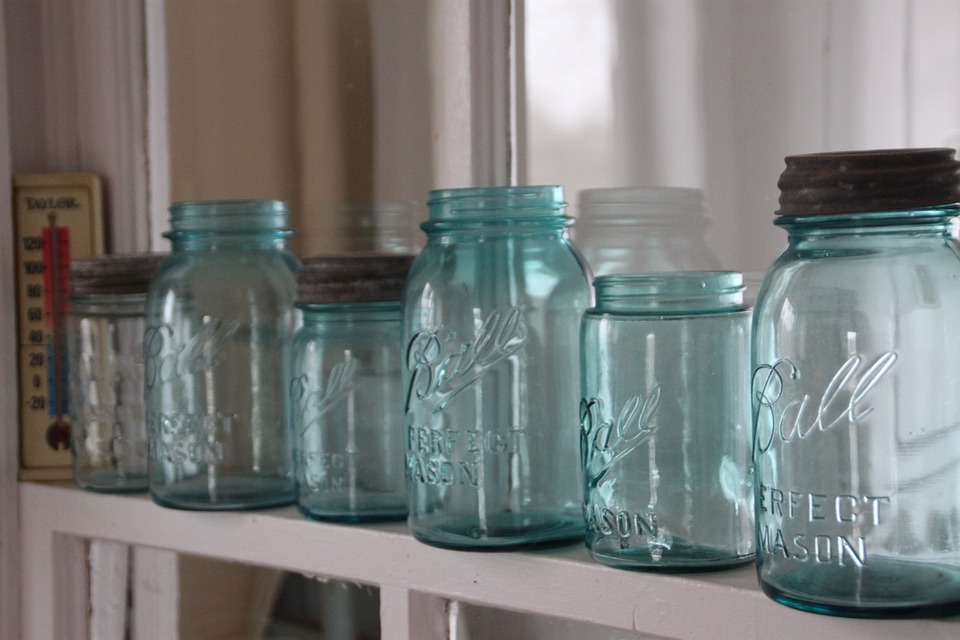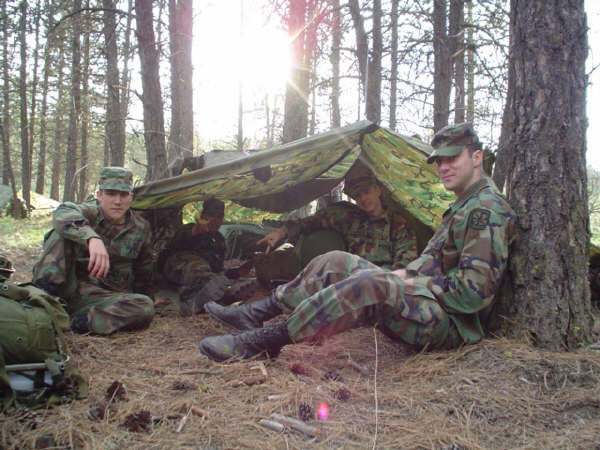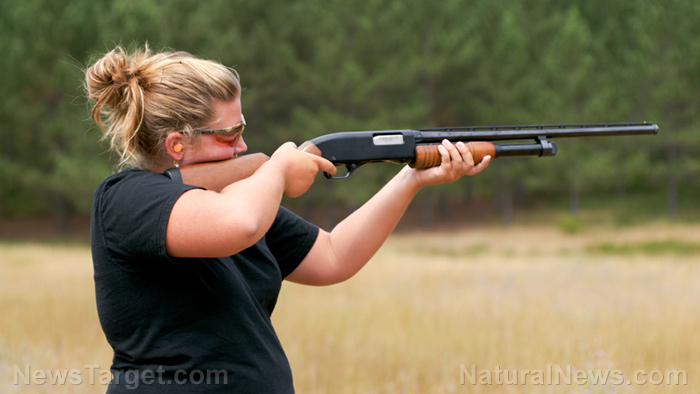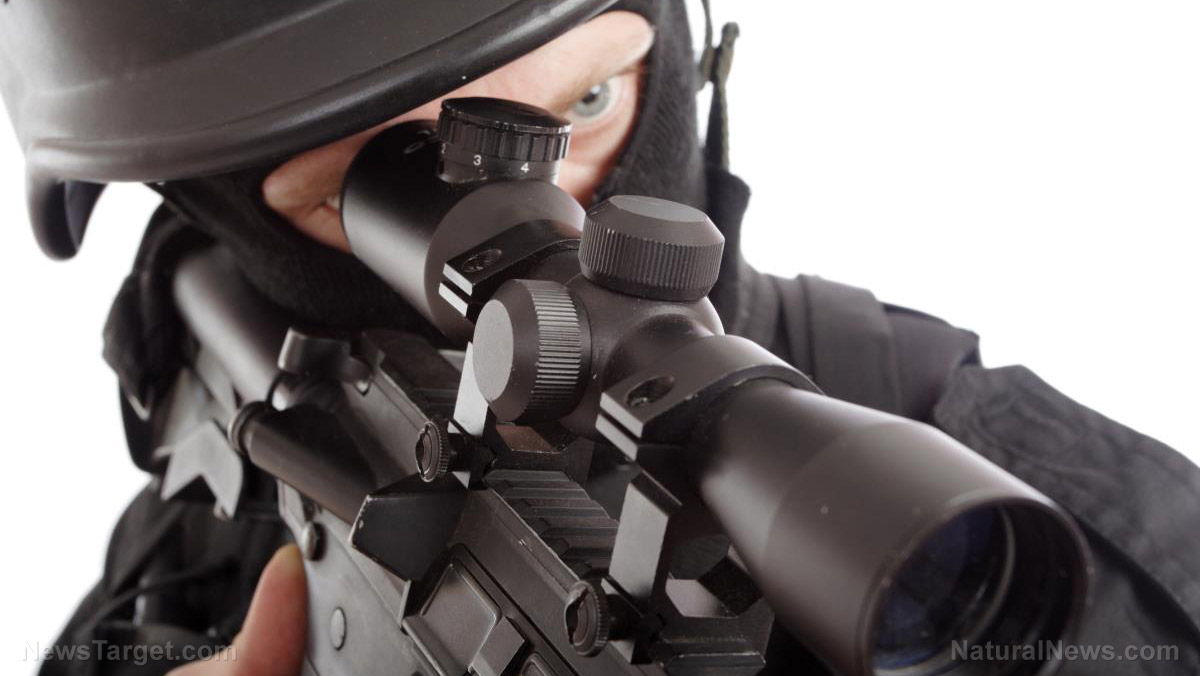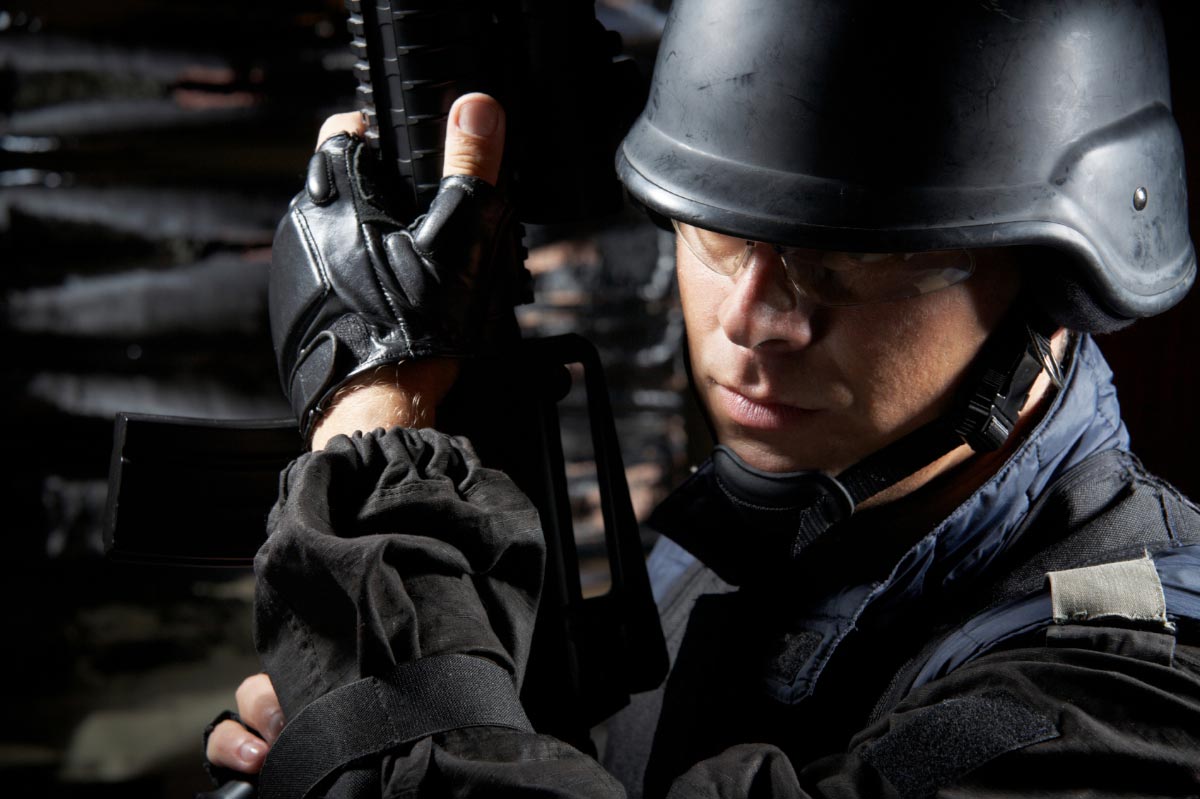Is your BOB properly prepared for hiking?
01/11/2019 / By Mary Miller

If you go hiking, you’re going to need a properly equipped bug out bag (BOB). This doesn’t just entail what you put into your BOB. It also involves how well you pack it. A BOB packed without much thought or foresight can be a recipe for disaster in most scenarios. Avoid making common bug out bag mistakes by taking these factors into consideration. (h/t to ThePrepperJournal.com.)
Pack weight
Is your bug out bag weighing you down? Does carrying it feel like hauling a boulder everywhere you go? You won’t get very far if you have to take a break every few minutes because your BOB is slowly killing your spinal cord. Load-bearing capacity and weight distribution are important things you should consider when packing your bug out bag. How much does your BOB weigh on its own when it is empty? How much more will it weigh once you’ve put everything in? It might not seem so bad at first when you start carrying your deadweight BOB, but several hours into your hike, you will likely find yourself severely regretting your packing choices. Your shoulders can only take so much strain. A heavy load will restrict circulation to your muscles bracing the weight. Keep your pack light enough to carry with minimal strain for hours at a time. This will prevent both your fatigue and your bag’s eventual wear-and-tear. If your backpack weighs over 10 pounds, be sure to have a padded hip belt, sternum strap, and load lifters on the shoulder straps. Ideally, your bug out bag should be made of a lightweight but durable material. Ditch any unnecessary items that have no place in your bug out bag. (Related: Is your bug-out bag getting heavy? Reconsider these 9 items.)
Pack organization
You can’t treat your bug out bag like some cavernous abyss that you can just toss all your items into. Not only should you aim for a realistic maximum capacity, you should also put some order in the essential gear you pack. Maximize the amount of space you have by following a system. Keep your tent, sleeping bag, and other similar equipment at the bottom of your bug out bag. These are things you won’t need to pull out quickly or frequently. You might want to keep your sleeping bag separated from your heavier gear though. Keeping them together might compress your BOB and damage it. Find a bag that has a bottom compartment that is specifically designed for carrying your tent. The middle of your BOB should contain your heaviest gear. This should keep the weight close to your back, near your belt line, and help bring down your center of gravity. It is important to make sure your BOB is not top heavy as this could make hiking on steep or uneven terrain dangerous. Fill the top of your bag with light materials and gear that needs to be easily accessible.
Survival gear
Now that you know where everything is in your BOB, you should take care not to leave out any crucial items. Food items can be heavy but you shouldn’t skimp on packing meals for the sake of a lighter load. Instead of trying to pack less food, choose food items that contain more calories in relation to how much they weigh. Protect yourself from bugs by packing insect repellent, head nets, and bug gloves. Hygiene is also important when out in the wilderness. Remember to keep some soap, hand sanitizer, and wet wipes in your BOB. What about shelter? A Mylar sheet or blanket isn’t going to cut it if you plan to use it as your primary shelter. In fact, it might just get cut in two once it has the slightest tear. If you don’t want to lug around a tent or sleeping bag, at least do yourself a favor and swap the Mylar blanket for a sturdier silnylon poncho or tarp.
Learn more tips on how to pack a proper bug out bag by going to BugOut.news.
Sources include:
Tagged Under: bug out, bug out bag, emergencies, emergency preparedness, hiking, off grid, outdoors, preparedness, preparedness and survival, prepper, prepping, prepping tips, self sufficiency, SHTF, survival, survival gear, Survival Tips, survivalist



